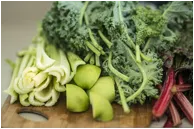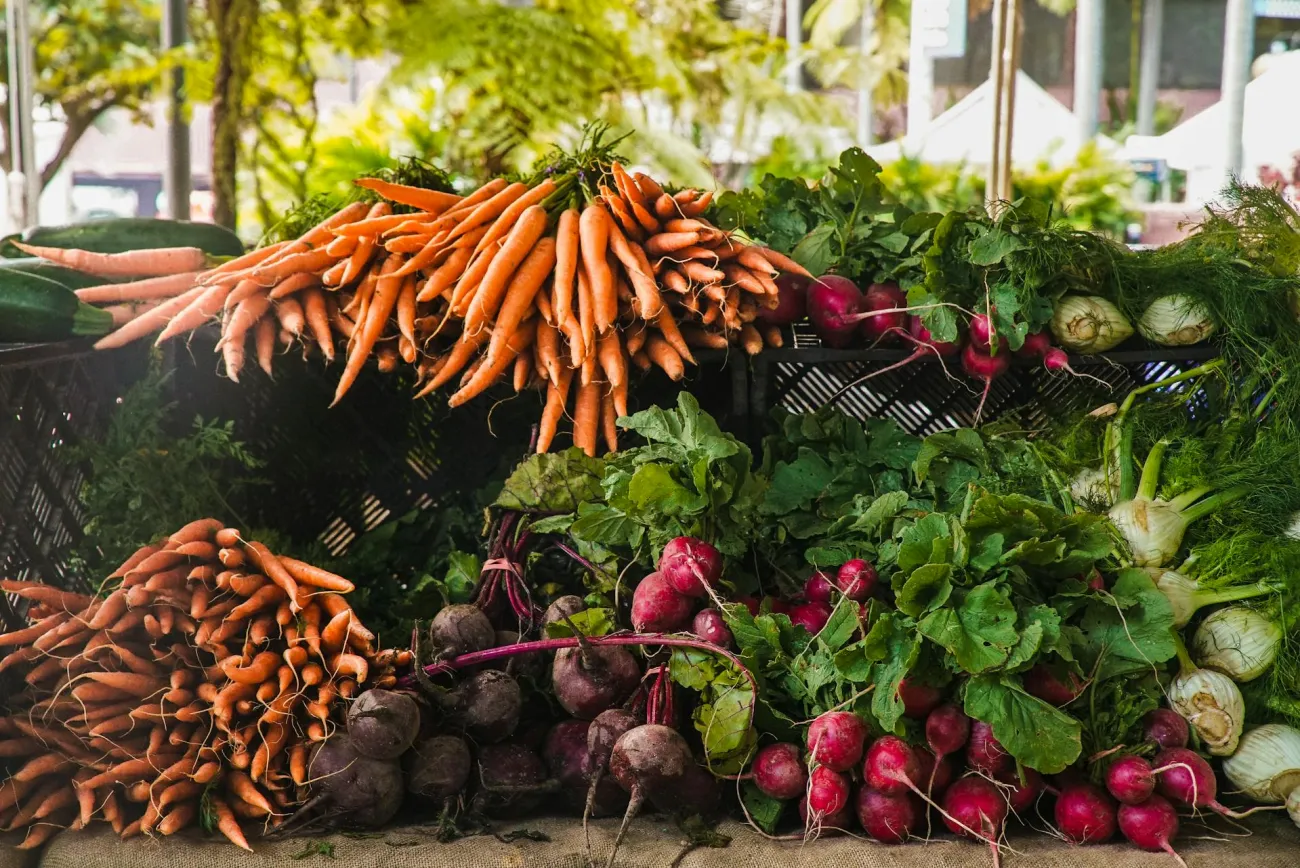This study, undertaken by UK researchers from the University of Newcastle uses the extensive data set of 343 peer-reviewed publications in a meta-analysis to investigate ‘differences in composition between organic and non-organic crops/crop-based foods’. It suggests that there are ‘statistically significant’ differences between the production methods particularly with regard to a range of antioxidants.

The results indicate that organic crops and processed crop-based foods have a higher antioxidant activity and contain higher concentrations of a wide range of nutritionally desirable antioxidants/(poly)phenolics, and lower concentrations of the potentially harmful, toxic metal Cd. It also found a a four times higher frequency of occurrence of pesticide residues in conventional crops.
Abstract
Demand for organic foods is partially driven by consumers’ perceptions that they are more nutritious. However, scientific opinion is divided on whether there are significant nutritional differences between organic and non-organic foods, and two recent reviews have concluded that there are no differences. In the present study, we carried out meta-analyses based on 343 peer-reviewed publications that indicate statistically significant and meaningful differences in composition between organic and non-organic crops/crop-based foods. Most importantly, the concentrations of a range of antioxidants such as polyphenolics were found to be substantially higher in organic crops/ crop-based foods, with those of phenolic acids, flavanones, stilbenes, flavones, flavonols and anthocyanins being an estimated 19 (95% CI 5, 33) %, 69 (95% CI 13, 125) %, 28 (95% CI 12, 44) %, 26 (95% CI 3, 48) %, 50 (95% CI 28, 72)% and 51 (95% CI 17, 86)% higher, respectively.
Many of these compounds have previously been linked to a reduced risk of chronic diseases, including CVD and neurodegenerative diseases and certain cancers, in dietary intervention and epidemiological studies. Additionally, the frequency of occurrence of pesticide residues was found to be four times higher in conventional crops, which also contained significantly higher concentrations of the toxic metal Cd. Significant differences were also detected for some other (e.g. minerals and vitamins) compounds. There is evidence that higher antioxidant concentrations and lower Cd concentrations are linked to specific agronomic practices (e.g. non-use of mineral Nand P fertilisers, respectively) prescribed in organic farming systems. In conclusion, organic crops, on average, have higher concentrations of antioxidants, lower concentrations of Cd and a lower incidence of pesticide residues than the non-organic comparators across regions and production seasons.
Citation
Barański, M., Średnicka-Tober, D., Volakakis, N., Seal, C., Sanderson, R., Stewart, G. B., Benbrook, C., Biavati, B., Markellou, E., Giotis, C., Gromadzka-Ostrowska, J., Rembiałkowska, E., Skwarło-Sońta, K., Tahvonen, R., Janovská, D., Niggli, U., Nicot, P., Leifert, C., Higher antioxidant and lower cadmium concentrations and lower incidence of pesticide residues in organically grown crops: a systematic literature review and meta-analyses, British Journal of Nutrition, doi:10.1017/S0007114514001366
The full paper is freely available here.
The UK’s organic certification body, the Soil Association provides a summary of the research which you can find here.
The paper has attracted considerable attention, commentary and criticism. The Science Media Centre provides an analysis of the study here together with a round up of expert reactions to the study here. The study authors’ response to these criticisms can be found here.
For more resources on various aspects of organic farming and food (covering nutrition-related and environmental dimensions) see here.




Comments (0)